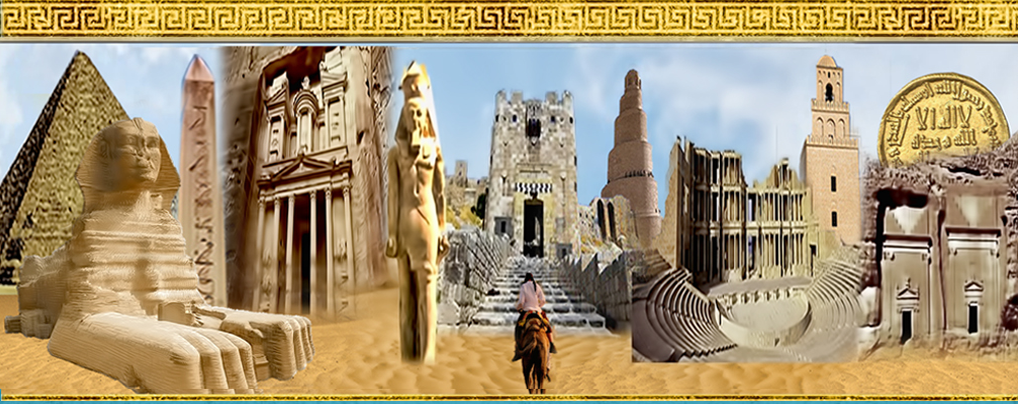Journal of the General Union of Arab Archaeologists

Abstract
(En) Rare evidences were found for the Cat King (789-784 B.C) who is variously spelled as, Pami, Pemu , or Pamiu. There is a misconception transcription of his name as Pimay (PA-mAi) which means a lion. The term was used by past historians based on the misreading of a small statuary group (CG 9430). Furthermore, there is no guarantee that the group belongs to King Pami. Hence, there is no evidence that he was son of King Shoshenq III (841–803B.C). It is highly probable that another king Shoshenq, called Shoshenq IIIa or Shoshenq Ib (?- 790 B.C) with the Throne name HD-xpr-Ra, must be inserted here between Shoshenq III and Pami. Shoshenq III and his successor King Shoshenq IIIa filled the fifty two years which were estimated before Shoshenq III only, and that accords to the Apis bull’s twenty six years lifespan from the twenty eighth years of Shoshenq III to the second year of Pami. The full length of Pami's reign at Tanis is not certain. It is not certain that another king (e.g., an older son of Pami) has ruled between Pami and Shoshenq V (783- 746B.C). Finally, it is likely that Pami was buried in one of the vaults of the royal necropolis of Tanis, according to the meager remains that were collected from the tomb NRT II.
Recommended Citation
Mahmoud, Dr.Heba Maher
(2020)
"THE CHRONOLOGY OF THE CAT KING (PAMI) ACCORDING TO THE MONUMENTS,"
Journal of the General Union of Arab Archaeologists: Vol. 5:
Iss.
2, Article 2.
Available at:
https://digitalcommons.aaru.edu.jo/jguaa/vol5/iss2/2

